La Belle et la Bête
(1946)

👇 SCROLL DOWN 👇

👇 SCROLL DOWN 👇
🎬 FOR COMPLETE FILM 📺
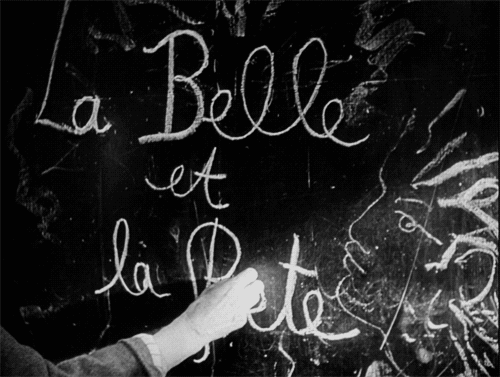

Beauty and the Beast (French: La Belle et la Bête) is a 1946 French romantic fantasy film directed by French poet and filmmaker Jean Cocteau. Starring Josette Day as Belle and Jean Marais, it is an adaptation of the 1757 fairy tale of the same name, written by Jeanne-Marie Leprince de Beaumont and published as part of a fairy tale anthology.
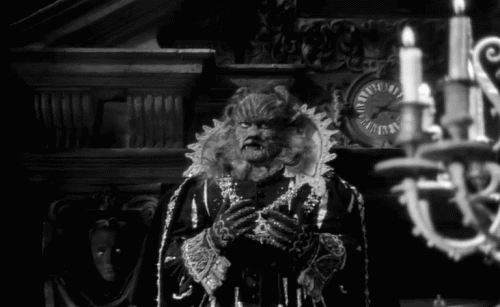

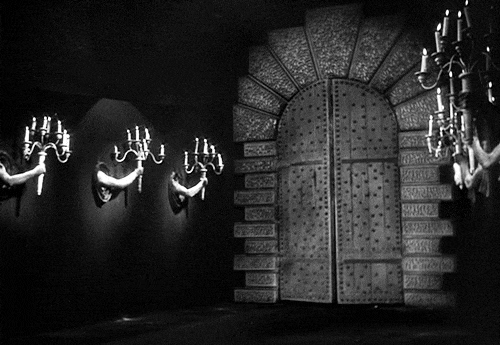
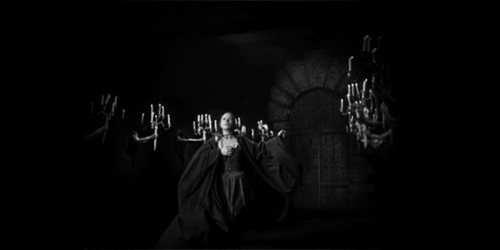
Beauty and the Beast is now recognized as a classic of French cinema.

Extrait
A
l'occasion de la restauration en 4K de la Belle et la Bête par SNC,
découvrez un extrait du film restauré.
Le chef d'œuvre de notre enfance
ressortira au cinéma.
👇 🎞️ 👇
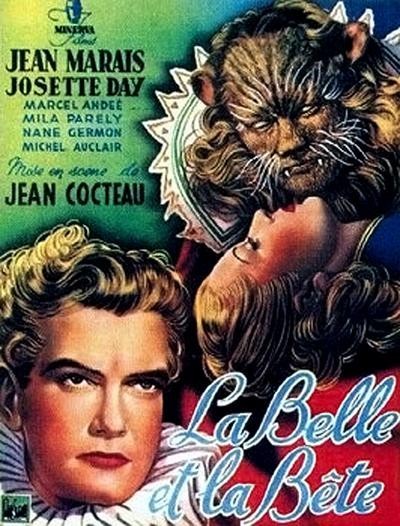
La Belle et la Bête (1946)
Jean Cocteau's
La Belle et la Bête
Beauty & The Beast 1946 with English Subtitle
FILM STARTS @ 9:00 👈
🇫🇷 👇 📺 👇 🇺🇸
https://youtu.be/SA9R1cwXiug
Beauty & The Beast 1946 with English Subtitle
FILM STARTS @ 9:00 👈
🇫🇷 👇 📺 👇 🇺🇸
https://youtu.be/SA9R1cwXiug
Directed by Jean Cocteau
Produced by André Paulvé
Screenplay by Jean Cocteau
Based on Beauty and the Beast
by Jeanne-Marie Leprince de Beaumont
Starring:
Jean Marais as La Bête (The Beast) / The Prince / Avenant
Josette Day as Belle
Mila Parély as Félicie
Nane Germon as Adélaïde
Michel Auclair as Ludovic
Raoul Marco as The Usurer
Marcel André as Belle's Father
Produced by André Paulvé
Screenplay by Jean Cocteau
Based on Beauty and the Beast
by Jeanne-Marie Leprince de Beaumont
Starring:
Jean Marais as La Bête (The Beast) / The Prince / Avenant
Josette Day as Belle
Mila Parély as Félicie
Nane Germon as Adélaïde
Michel Auclair as Ludovic
Raoul Marco as The Usurer
Marcel André as Belle's Father
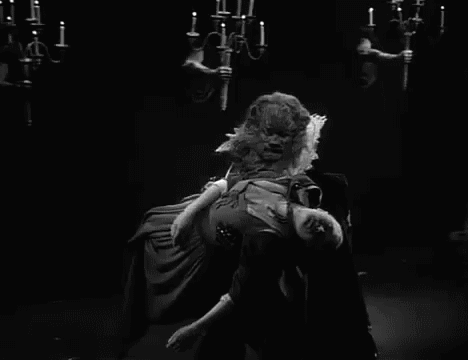
Cinematography Henri Alekan
Edited by Claude Iberia
Release dates 29 October 1946
Running time 93 minutes
Country France
Edited by Claude Iberia
Release dates 29 October 1946
Running time 93 minutes
Country France
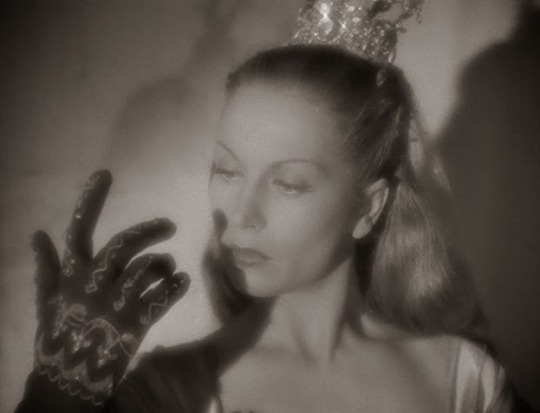
Juste après la Deuxième Guerre mondiale, Jean Marais a proposé à Jean Cocteau de faire un film qui se baserait sur deux œuvres du XVIIe siècle et XVIIIe siècle. L'une, dont le titre et la majeure partie du contenu narratif, est le conte de fées de Madame Leprince de Beaumont, publié pour la première fois dans l'anthologie Le Magasin des Enfants, ou Dialogues entre une sage gouvernante et ses élèves à Londres en 1757 et que Cocteau avait déjà pensé avant la guerre à adapter pour le théâtre ou pour un pantomime. La seconde source narrative du film est aussi un conte de fées : La Chatte blanche de Madame Marie-Catherine d'Aulnoy, publié quelque soixante ans auparavant dans une des premières anthologies du genre des Kunstmärchen (contes littéraires) imprimées en France : Les Contes des Fées, Paris, 1697-1698. De ce conte, un seul motif évocateur se trouve dans le film : les domestiques, ayant été transformés par magie, en sont réduits à leur seuls bras et mains, encore prêts à servir.
Cocteau a trouvé l'idée excellente : non seulement elle coïncidait avec les rêves qu'il avait eus dans son enfance, mais elle lui offrait une nouvelle possibilité cinématographique : mettre en scène des contes de fées. À première vue ce film est différent du précédent pour lequel Cocteau avait écrit le script et qu'il avait dirigé, mais tous les deux travaillent sur des mythes et créent une ambiance d'une beauté qui dérange. Dans son esprit le film reste fidèle à ces deux contes de fées mentionnées, mais la mise en image est de Cocteau et de personne d'autre. Il a ouvert une voie qu'emprunteront après lui des metteurs en scène, comme Ingmar Bergman, François Truffaut et Vincente Minnelli. L'œuvre d'Alexandre Arnoux, La belle et la bête, pièce de théâtre publiée en 1913 en Belgique, aurait aussi inspiré ce film3. L'intrigue du film est plus proche de cette pièce que du conte original, notamment dans la mise en situation de l'intrigue, l'absence de la fée, etc.
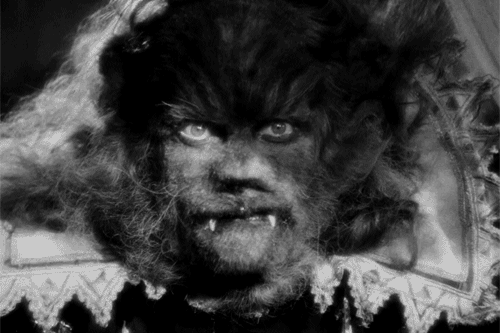
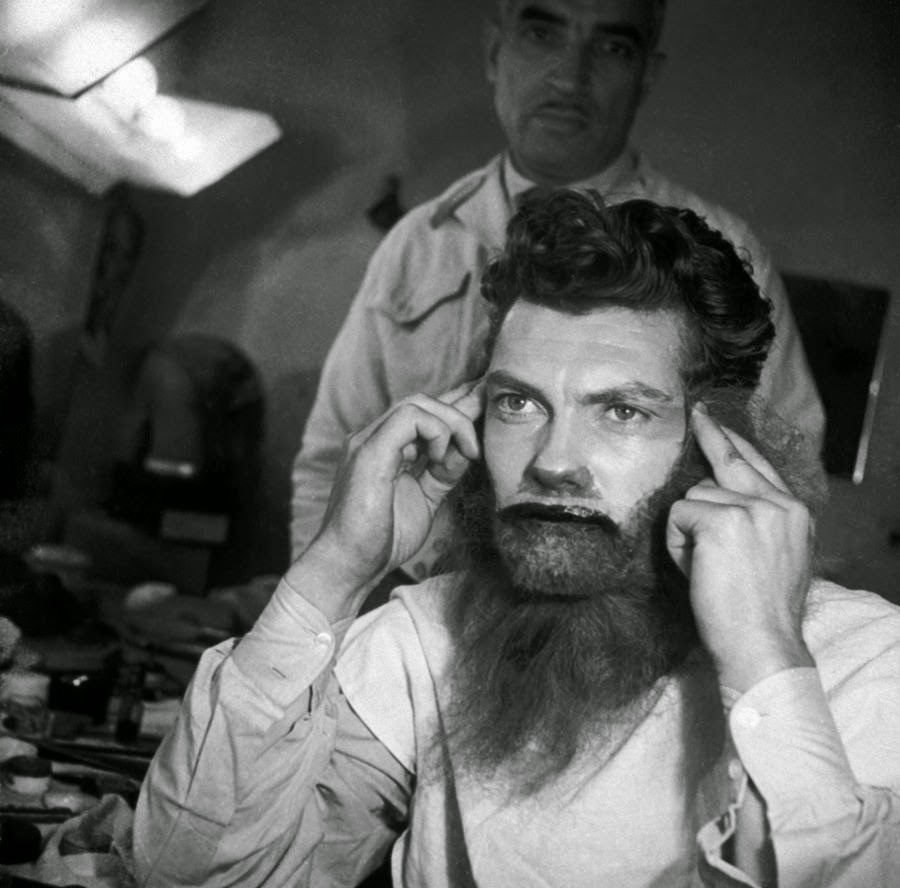
Au départ, Jean Marais avait pensé à une tête de cerf. Il semble qu'en faisant cette proposition, il se souvenait d'un détail dans La Chatte blanche, où le heurtoir à la porte du château magique de la Chatte Blanche/la princesse est en forme d'un pied de biche ou chevrette. Cette proposition suivait les lignes narratives de ce conte de fées, et aurait eu évoqué aussi de loin le mythe de Cernunnos, dieu celtique des bois à tête de cerf ; mais Jean Cocteau pensait que les spectateurs trouveraient une telle tête ridicule pour une bête féroce et dangereuse. Moulouk, le chien de Jean Marais servit de modèle pour le visage de la bête.
Il
fallait environ trois heures pour fixer le masque de la bête, et une
heure pour chaque griffe. Les dents du monstre étaient accrochées à
celles de l'acteur par de petits crochets, ce qui n'était pas très
pratique pour manger. La "bête carnivore" se nourrissait donc
essentiellement de nourriture en bouillie (on peut lire ces témoignages
de Jean Marais dans l'autobiographie qu'il a rédigée).
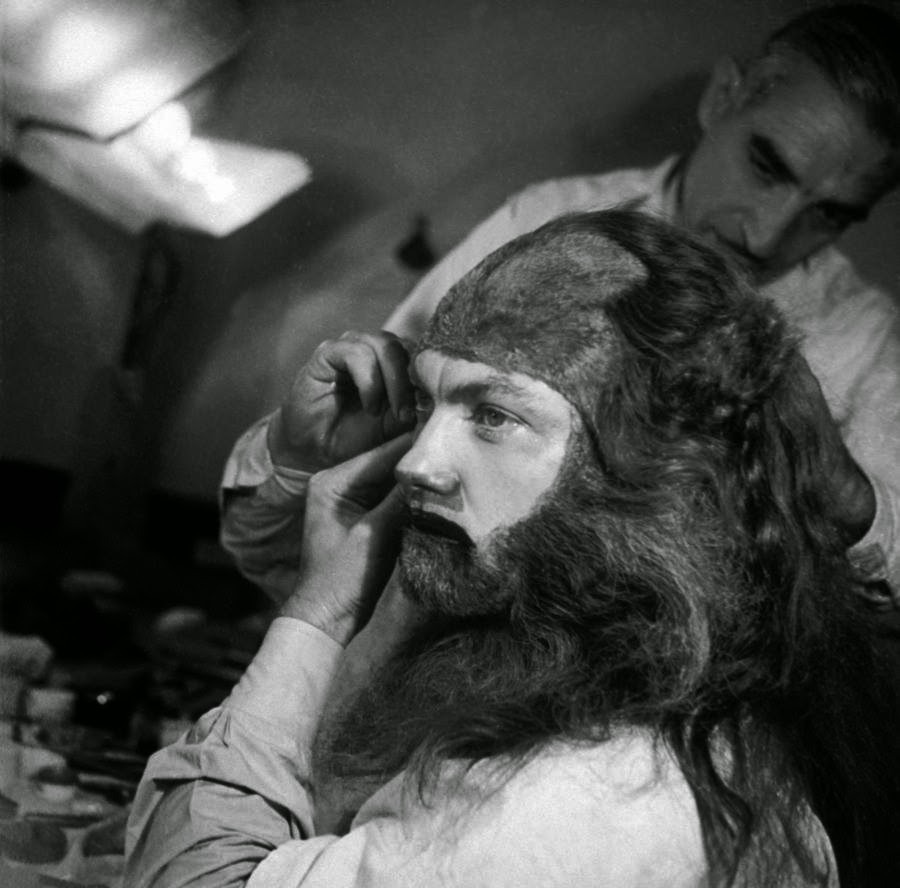
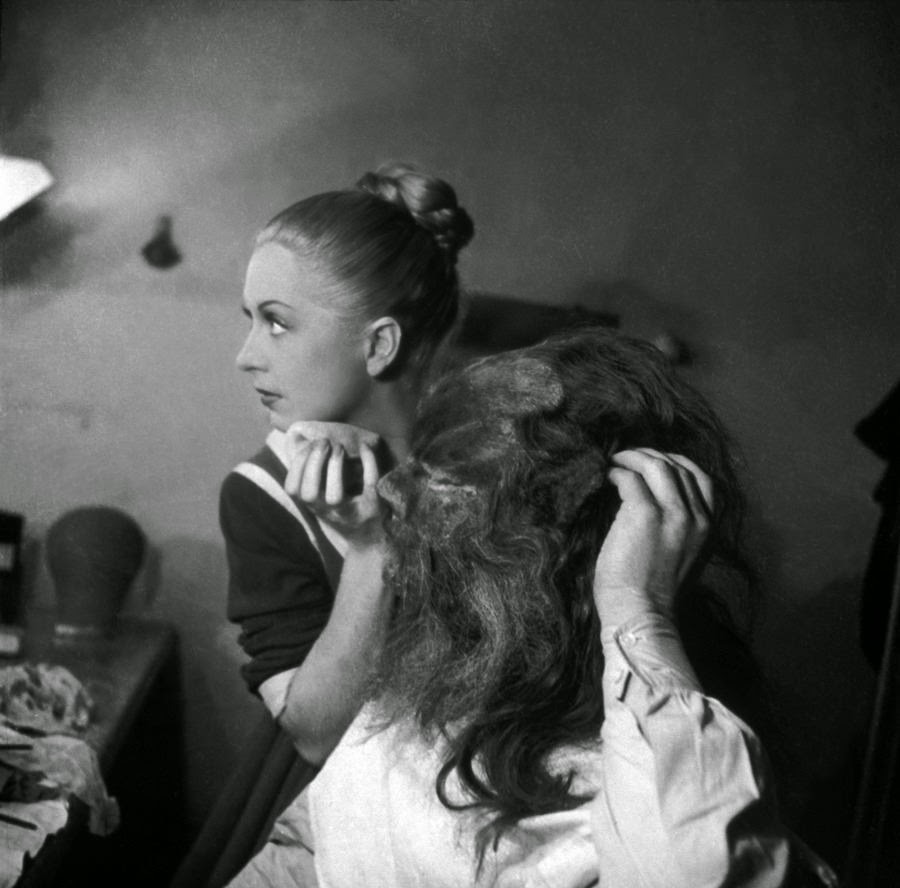


Upon the film's December 1947 New York City release, critic Bosley Crowther called the film a "priceless fabric of subtle images, ...a fabric of gorgeous visual metaphors, of undulating movements and rhythmic pace, of hypnotic sounds and music, of casually congealing ideas"; according to Crowther, "the dialogue, in French, is spare and simple, with the story largely told in pantomime, and the music of Georges Auric accompanies the dreamy, fitful moods.
The settings are likewise expressive, many of the exteriors having been filmed for rare architectural vignettes at Raray, one of the most beautiful palaces and parks in all France. And the costumes, too, by Christian Bérard and Escoffier, are exquisite affairs, glittering and imaginative."
According to Time magazine, the film is a "wondrous spectacle for children of any language, and quite a treat for their parents, too"; but the magazine concludes "Cocteau makes about a half-hour too much of a good thing—and few things pall like a dream that cannot be shaken off."


In 1999 Chicago Sun-Times critic Roger Ebert added the film to his The Great Movies list, calling it "one of the most magical of all films" and a "fantasy alive with trick shots and astonishing effects, giving us a Beast who is lonely like a man and misunderstood like an animal."


A 2002 Village Voice review found the film's "visual opulence" "both appealing and problematic", saying "Full of baroque interiors, elegant costumes, and overwrought jewelry (even tears turn to diamonds), the film is all surface, and undermines its own don't-trust-a-pretty-face and anti-greed themes at every turn."
In 2010, the film was ranked #26 in Empire magazine's "100 Best Films of World Cinema".

- American singer-songwriter Stevie Nicks wrote her 1983 ballad "Beauty and the Beast" after screening the film for the second time. While playing the song in concert, the film plays on the screen behind her and the band.
- The fourteenth episode of Faerie Tale Theatre, broadcast in August 1984, featured an adaptation of Beauty And The Beast which was an homage to this film. It borrowed many visual elements, including the makeup for the beast, along with segments of the dialogue translated from French into English. It featured Susan Sarandon as Belle and Klaus Kinski as the Beast.
- In 1994, composer Philip Glass created an opera version — also called La Belle et la Bête — one of a "Cocteau Trilogy" of operas. In its initial incarnation the musicians and singers would perform the work on stage with a restored, newly subtitled print of the film playing on a screen behind them. In the original presentation, Belle was sung by the mezzo-soprano Janice Felty. (The current Criterion Collection DVD and Blu-ray release offers the ability to view the movie while listening to either Glass's score or the original soundtrack.)
- The 2003 American miniseries Angels in America features a dream sequence which duplicates the set design of the Beast's castle. A character is shown reading a book about Cocteau before the dream begins.
La visite de la collection permanente nous a amené à parler du chef
d'oeuvre cinématographique de Jean COCTEAU :
"La Belle & La Bête".
La Cinémathèque Française met à disposition sur ce film un magnifique dossier, que les élèves en déco ne devraient pas bouder http://www.cinematheque.fr/journalcocteau/
"La Belle & La Bête".
La Cinémathèque Française met à disposition sur ce film un magnifique dossier, que les élèves en déco ne devraient pas bouder http://www.cinematheque.fr/journalcocteau/
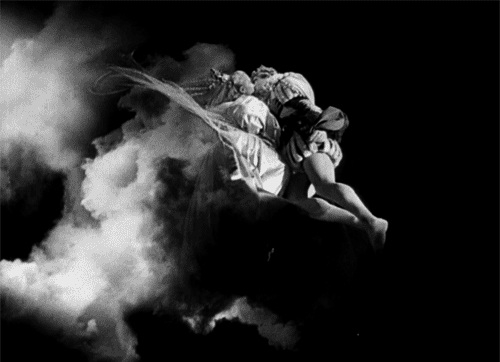


No comments:
Post a Comment